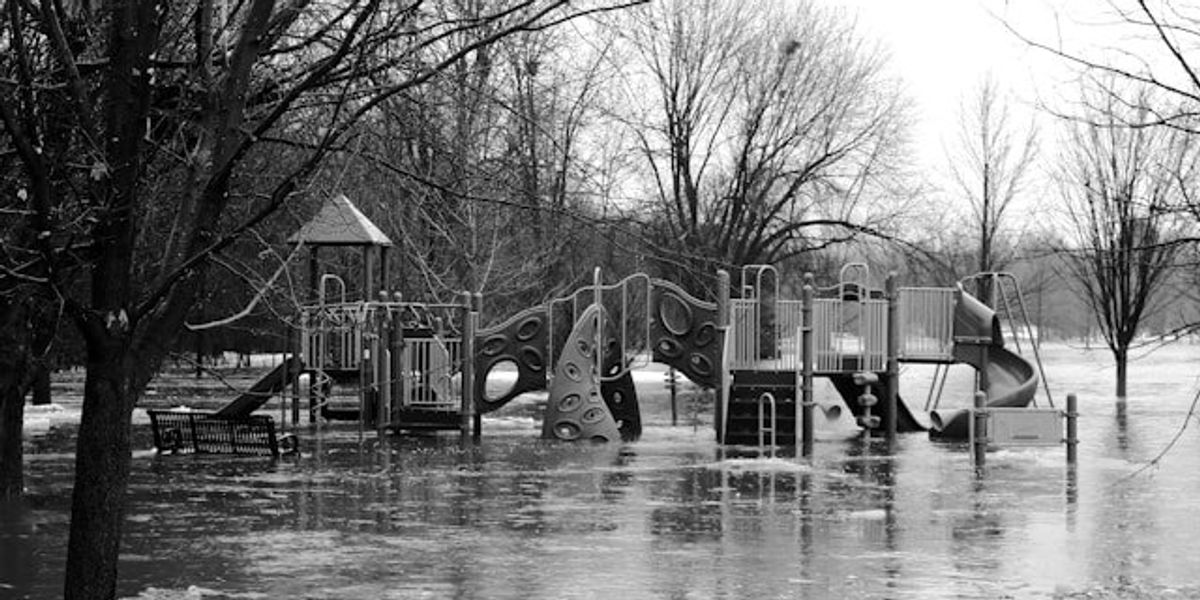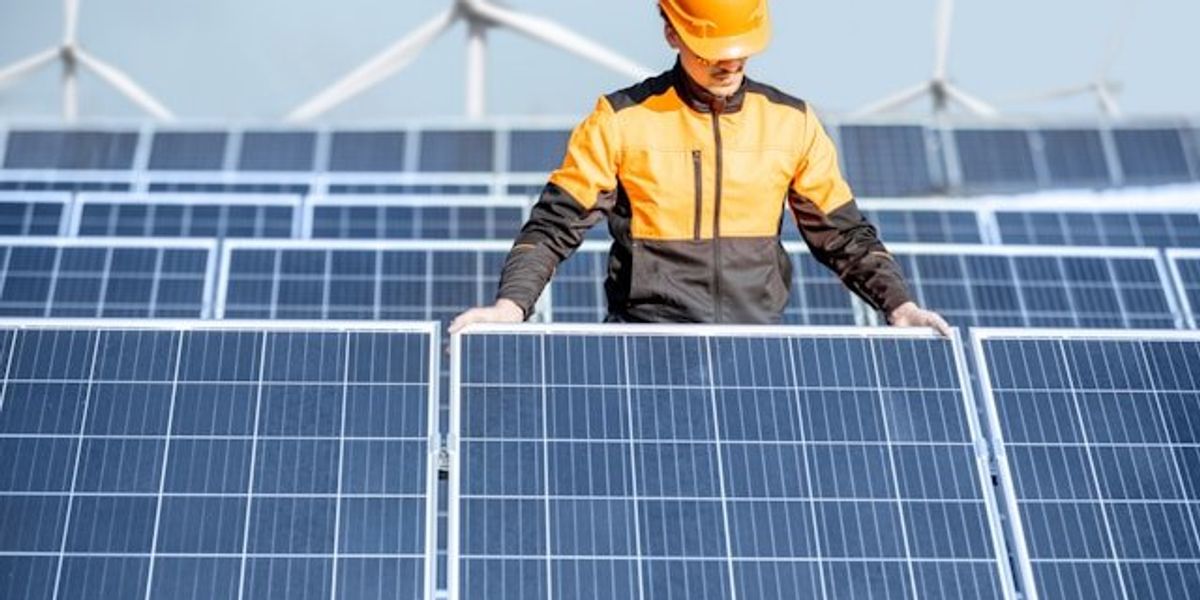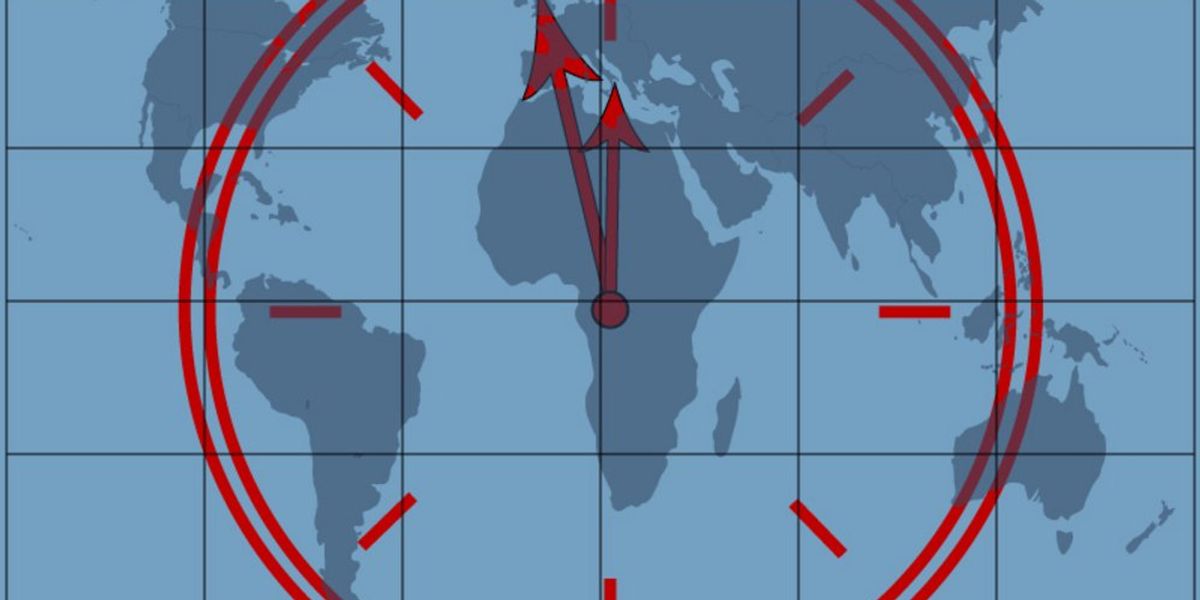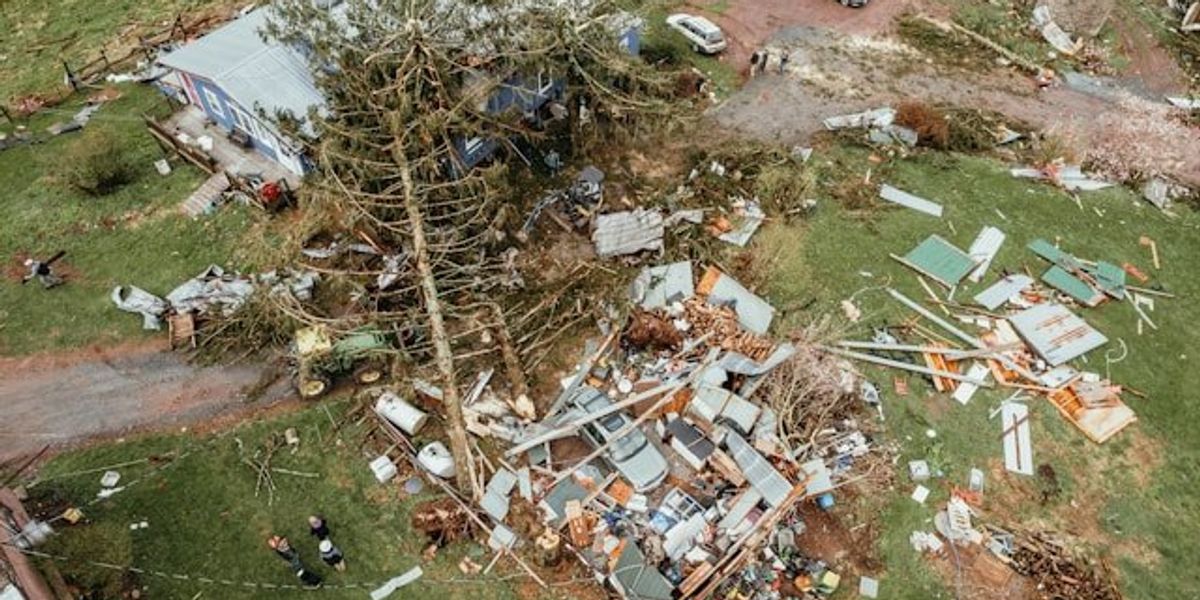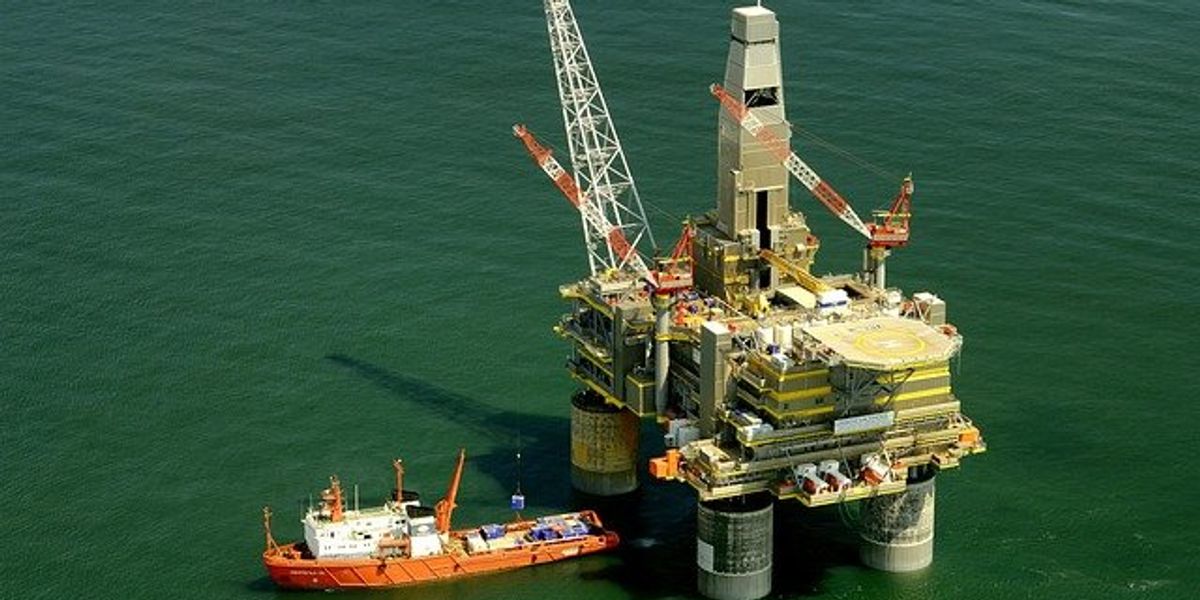
Satellites reveal global oil rigs leaking hundreds of thousands of gallons into oceans
A new satellite analysis shows that offshore oil rigs continue to leak vast amounts of oil and methane, even as the Trump administration rolls back key drilling safeguards enacted after the Deepwater Horizon disaster.
Carrie Klein reports for Inside Climate News.
In short:
- SkyTruth’s new report, based on satellite images and AI, identified the world’s top offshore polluters, with the worst facilities in Indonesia, Nigeria, and Cameroon. Twenty sites collectively leaked nearly 300,000 gallons of oil between June 2023 and October 2024.
- Despite this ongoing pollution, the Trump administration has reopened leasing for offshore drilling and ordered a rollback of regulations designed to prevent disasters like the 2010 BP spill.
- The administration also proposed steep budget cuts to the National Oceanic and Atmospheric Administration's satellite program, potentially reducing public access to the very tools used to detect oil slicks and methane emissions.
Key quote:
“Deepwater Horizon was not the last catastrophic oil spill we’re going to see, I’m certain of that. This is going to continue to happen as long as we keep drilling for oil offshore.”
— John Amos, geologist and founder of SkyTruth
Why this matters:
Offshore oil drilling poses a hidden but serious environmental threat. While major spills like Deepwater Horizon dominate headlines, most pollution from offshore rigs happens gradually and out of sight — often missed entirely by the public and policymakers. These slow leaks add up. Some experts say the annual total may rival that of catastrophic single events. Methane flaring and ship traffic around rigs contribute further to greenhouse gas emissions, accelerating climate change. The Trump administration’s move to expand offshore drilling while weakening safety rules increases the risk of future disasters. And if cuts to NOAA’s satellite program go through, it will become harder to track pollution from space, obscuring vital information from researchers, journalists, and the public.
Related EHN coverage: Unplugged: Abandoned oil and gas wells leave the ocean floor spewing methane

